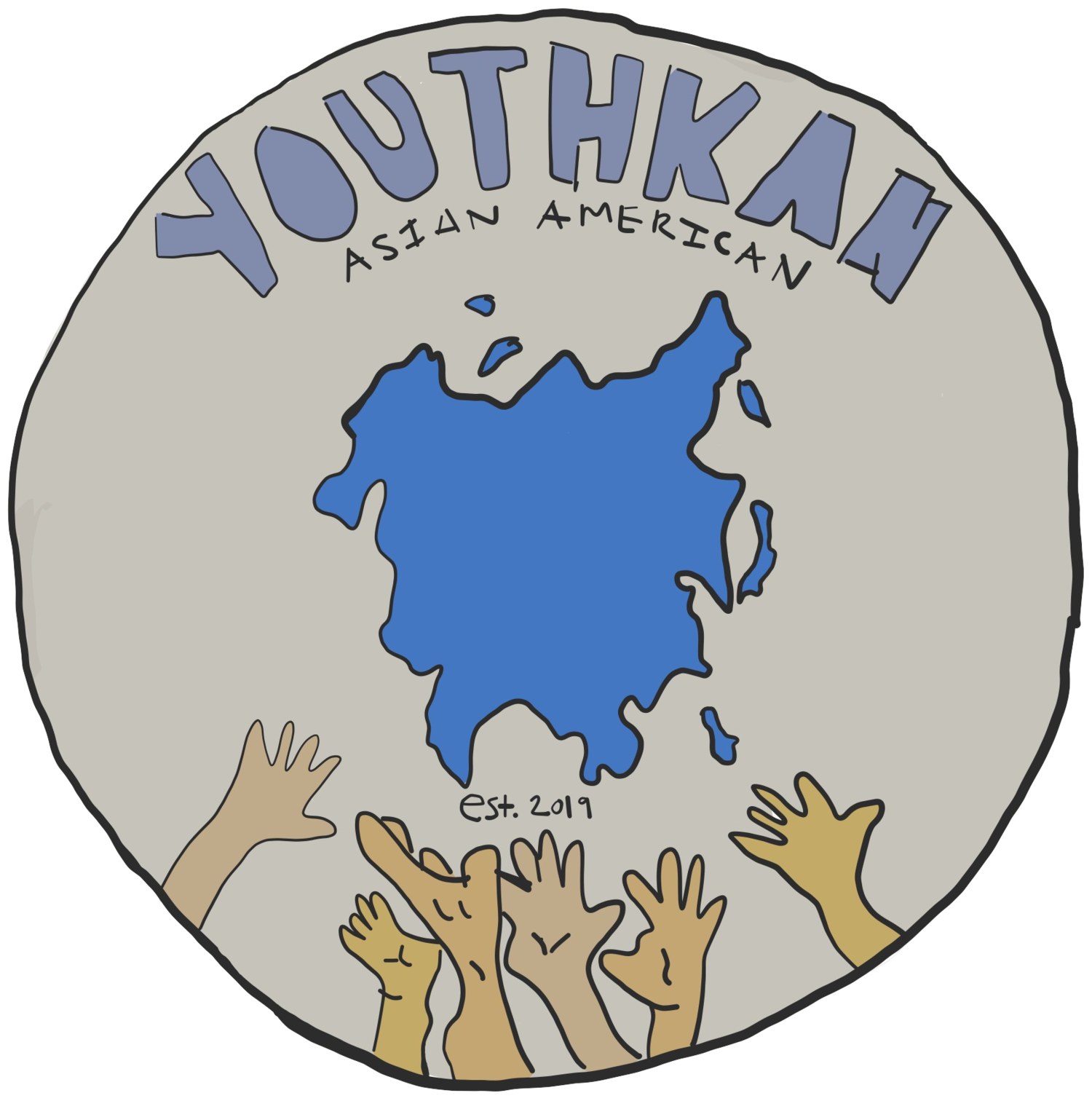The Impact of the Korean War on the Plastic Surgery Industry
The darker history behind the popularization of the blepharoplasty (double eyelid surgery).By Angela Seymour
In a society where one’s physical appearance dictates much of how people perceive them, an individual’s attractiveness significantly influences their chances at success. This rings significantly true in Korean society. Just how one’s experience and education are an influential part to the job selection process, an attractive physical appearance is considered an essential for occupational achievement. Plastic surgery is a fairly normalized method to change one’s appearance in Korea, with South Korea ranking number one for cosmetic surgeries per capita, the blepharoplasty (double eyelid surgery) being the most common procedure. There are a variety of reasons for why people go under the knife, most commonly being for personal confidence and professional success. Whether this is a positive thing because it helps individuals gain confidence or negative because it portrays the harsh standards of beauty and importance of physical appearance is debated and largely up to personal perspective.
There are various contributors to the rapid expansion of cosmetic surgery in South Korea, including various cultural values and traditions such as gwansang, an ancient custom of fortune-telling through facial physiognomy that was meant to reveal one’s personality, past, present, and future. To understand the multi-layered reasoning as to why cosmetic surgery is so widespread in Korea, there is significant historical context necessary to be aware of. There are a multitude of historical events that contributed to shaping modern Korean beauty standards and the plastic surgery industry, one being the Korean War, which played a significant role in bringing the Western influence present today in the Korean beauty industry.
While surrounding nations had adopted various forms of Western society, the Korean peninsula remained rather free of western influence for some time (you can read more about this in the post titled A History Undiscovered by Hope Yu). Of course, westernization did eventually reach Korea, a significant contributor to it’s spread being the Korean War, which further exposed the nation to the Western world through the US military’s presence. Scholars often trace back the popularization of the blepharoplasty, the most common cosmetic surgery in South Korea, to the Korean War, specifically tracing it to American plastic surgeon David Ralph Millard.
A well known pioneer in cosmetic surgery, Millard was stationed in South Korea as the US Marine Corps’ chief plastic surgeon in 1954. While stationed, he first began exploring the idea of altering the human eye while reconstructing the eyebrows of burn victims, contemplating how he could change eyes from “Oriental to Occidental”. At the time, a variety of methods of the double eyelid surgery already existed in East Asia, but Millard eventually developed a procedure that departed from those methods and marked a significant change in the field. In his promotion of his procedure, Millard preached messages that are criticized by many historians as highly prejudiced, and rightfully so.
Referred to as the “superior palpebral fold” in American medical texts, the double eyelid was deemed a mark of a “good” and “trustworthy”Asian by Millard, saying that eyes without this fold were a mark of inscrutability and deviance. The US Marine surgeon claimed that without the “superior palpebral fold” Koreans had the “stoical and unemotional manner of the oriental”. The images featured above contain photographs taken by Millard as well as quotes regarding the people who went under his procedure. This imagery depicts a clear bias, with the individuals being posed to appear more stern and imposing in the initial photos and warm and welcoming in the second.
Among the first people to go under Millard’s blepharoplasty were female sex workers who wished to increase their appeal to American soldiers and Korean war brides. With the passage of the War Brides Act of 1945, American men stationed overseas were permitted to take on wives of a different race. However, in many parts of the US, interacial marriage was still illegal and nativist Americans viewed Korean military brides as cultural and racial threats. As a result, many of these women felt pressured to go through with a blepharoplasty.
It’s important to note that modern Korean beauty standards have many distinctions from western standards of beauty and that simply claiming that popular plastic surgeries in Korea are an attempt to “look white” would be inaccurate. To illustrate, the preference for pale skin in Korea and many other Asian countries has roots in classism rather than westernization. Pale skin had been a standard of beauty long before any significant exposure to the Western world as it was considered an indicator of wealth correlated to an individual that did not have to work outdoors in the sun. Furthermore, although Millard’s actions left a lingering legacy in the beauty industry and played a significant role in the growth of certain cosmetic procedures, saying that the desire for double eyelids held by many Koreans purely stems from his actions would be an oversimplification. However, the growth of the plastic surgery industry, specifically the popularization of the blepharoplasty, was in no way a phenomenon completely free of Western influence.


